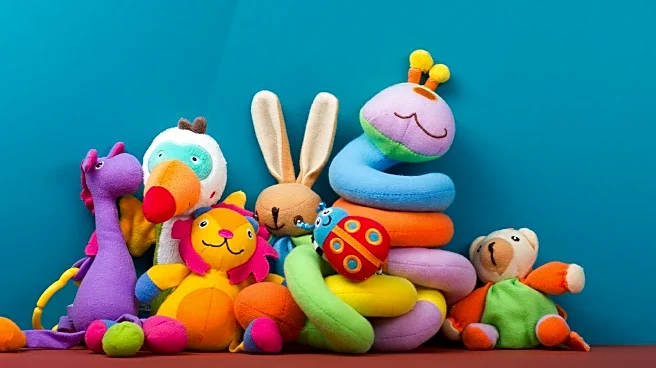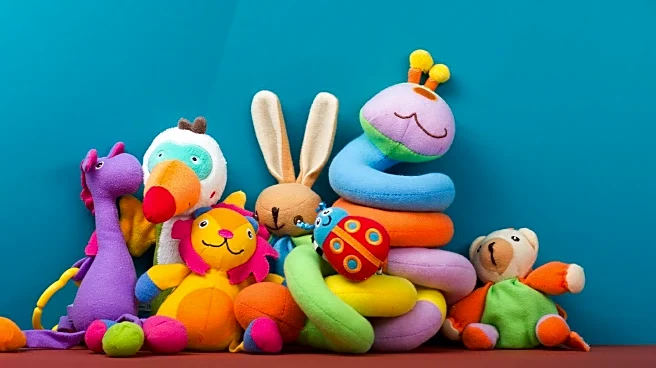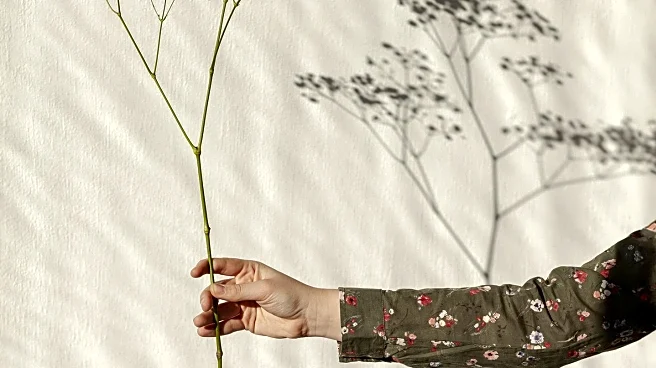What's Happening?
Jellycats, the soft plush toys known for their cute and quirky smiles, have seen a significant increase in popularity among young adults. Originally founded in London in 1999, Jellycat has experienced a boom in recent years, with a 37% surge in annual global income, reaching $252 million by the end of 2023. This trend is largely attributed to nostalgic videos on platforms like TikTok and Instagram, where influencers showcase their extensive collections. The term 'jellycat' has also seen a 208% increase in online search volume over the past year. According to Quinn Harper-Thorpe, a person-centered psychotherapist, the rise in Jellycat's popularity is linked to a collective search for comfort amidst uncertain times.
Why It's Important?
The growing obsession with Jellycats among young adults highlights a broader societal trend of seeking comfort and nostalgia during challenging times. This phenomenon reflects a shift in consumer behavior, where emotional and psychological factors significantly influence purchasing decisions. The surge in Jellycat's popularity underscores the impact of social media in driving consumer trends and the importance of emotional well-being in product appeal. As young adults increasingly invest in nostalgic items, businesses may need to adapt their strategies to cater to this demand for comfort and emotional connection.
What's Next?
As the trend continues, Jellycat and similar companies may expand their product lines to cater to the growing demand for nostalgic and comforting items. Businesses across various industries might explore collaborations with social media influencers to capitalize on this trend. Additionally, the focus on emotional well-being could lead to increased interest in products that offer psychological comfort, potentially influencing marketing strategies and product development in the toy industry and beyond.
Beyond the Headlines
The Jellycat trend raises questions about the role of nostalgia in consumer behavior and its potential long-term impact on the market. It also highlights the psychological aspects of purchasing decisions, suggesting that emotional factors may increasingly drive consumer trends. This development could lead to a reevaluation of marketing strategies, emphasizing emotional appeal and the creation of products that offer comfort and nostalgia.











